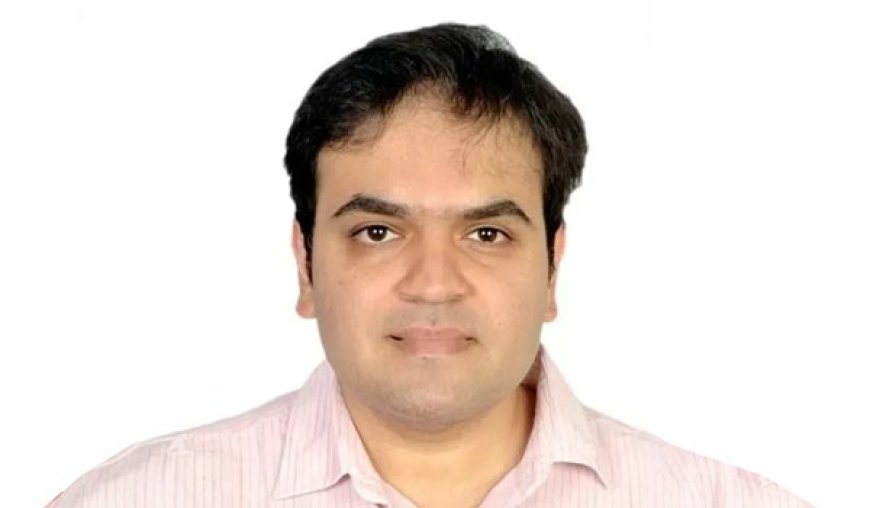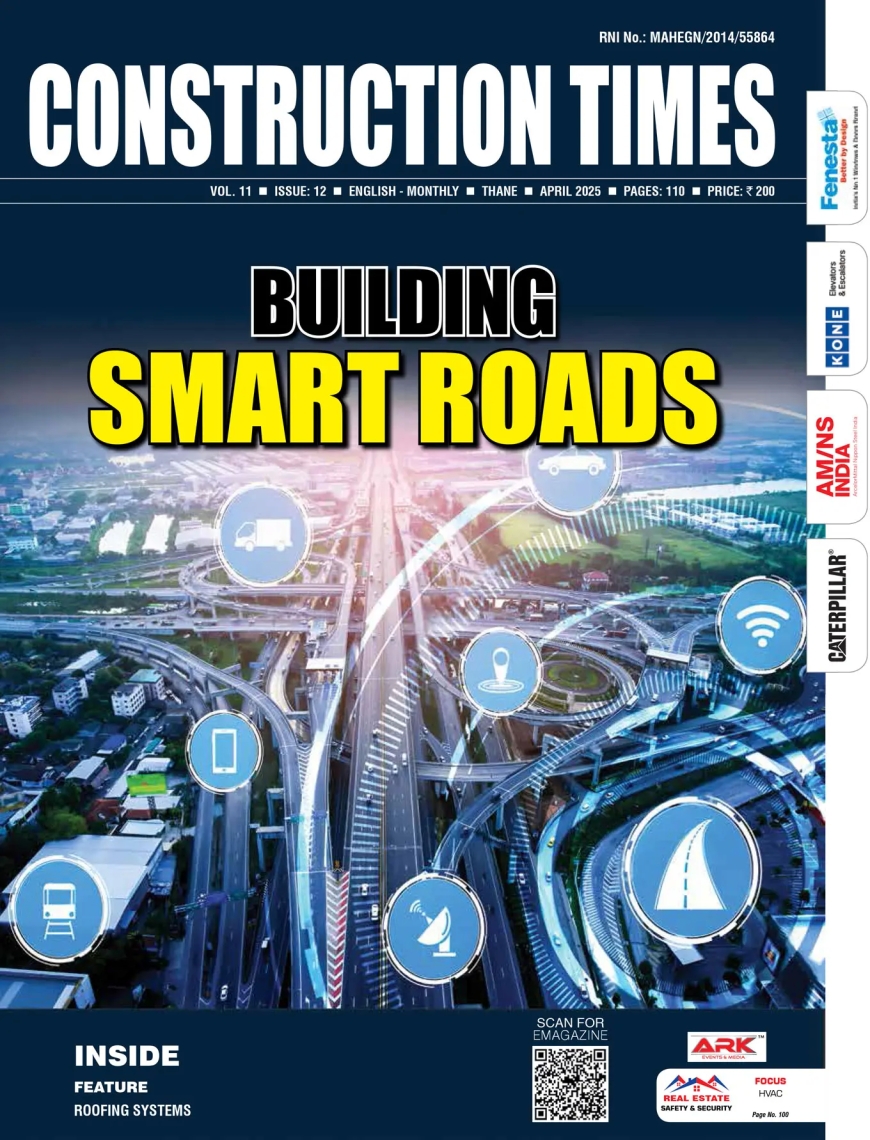One of the key factors that homebuyers look for is safety.

Jash Panchamia, Partner, Suraksha Group
How do you view the smart developments happening in residential and commercial buildings?
In my view, smart developments in residential and commercial buildings represent a promising fusion of technology and infrastructure, enhancing convenience, efficiency, and sustainability. Factors like cost-effectiveness, thoughtful design integration, smart occupancy management and technology, alignment with target customer needs, are key to successful implementation. Minimising the environmental impact and creating a comfortable space in modern living and working spaces will enhance the quality of life and build a positive relationship between human needs and ecological sustainability.
What are the smart features being incorporated in your commercial and residential building projects?
At Suraksha Smart City, our vision is to provide an unparalleled experience to our residents. Our township has embraced state-of-the-art precast technology, one of Asia's largest precast factories, to set a new standard in township development. By embracing precast technology, we not only ensure efficient and faster execution but also significantly reduce pollution and promote sustainability. This commitment to innovation reinforces our dedication to building safe, resilient, and sustainable infrastructure, reflecting our unwavering commitment to the long-term success of Suraksha Smart City.
How is the need for better safety and security in residential buildings pushing the smart systems and solutions?
Security and safety are at the heart of any housing project. One of the key factors that homebuyers look for is safety. Modern homes need layers of safety that eliminates the need for traditional security systems. A key indicator for the rise in demand for smart devices is the shift in preferences by customers who want to work from home and make their day as comfortable and secure as possible. There has been a tremendous rise in the demand for automation and AI tools to make life easier by ensuring security and safety. The shift in the consumer behaviour led to the change in technology adoption and consumption worldwide has acted as a catalyst for the smart door industry growth. The need for safety and security is pushing the demand for smart security solutions. While the market penetration of home automation in India is less as compared to developed nations, it still holds massive potential for the future.
How are the customers responding to the new innovative smart features in buildings? Is cost a deterrent in such value additions?
The pandemic has significantly shifted attitudes towards many things in life and staying homebound during the pandemic has increased the need for automation and led to the rise in the demand of smart homes with connected devices. This definitely helps the sector to evolve and smart solutions for homes are a growing market in India that will become huge in the coming years. To meet customer expectations, it is important to have an open feedback and review session with customers post purchase, counseling for the right product as per their homes and also ensuring feedback is acted upon immediately.
Yes, cost is a deterrent in adopting such value additions, especially for budget-conscious consumers, wherein the demand for smart features in buildings is more from tier I cities.







